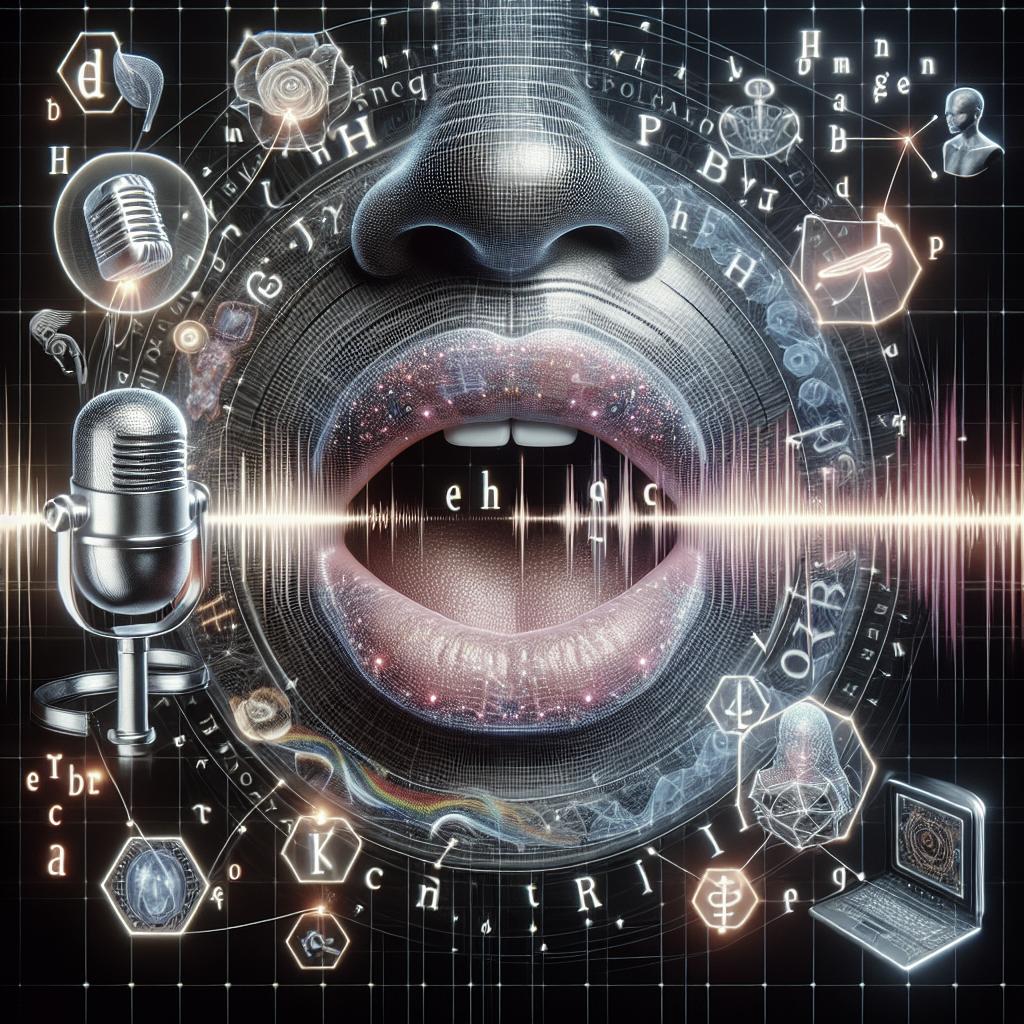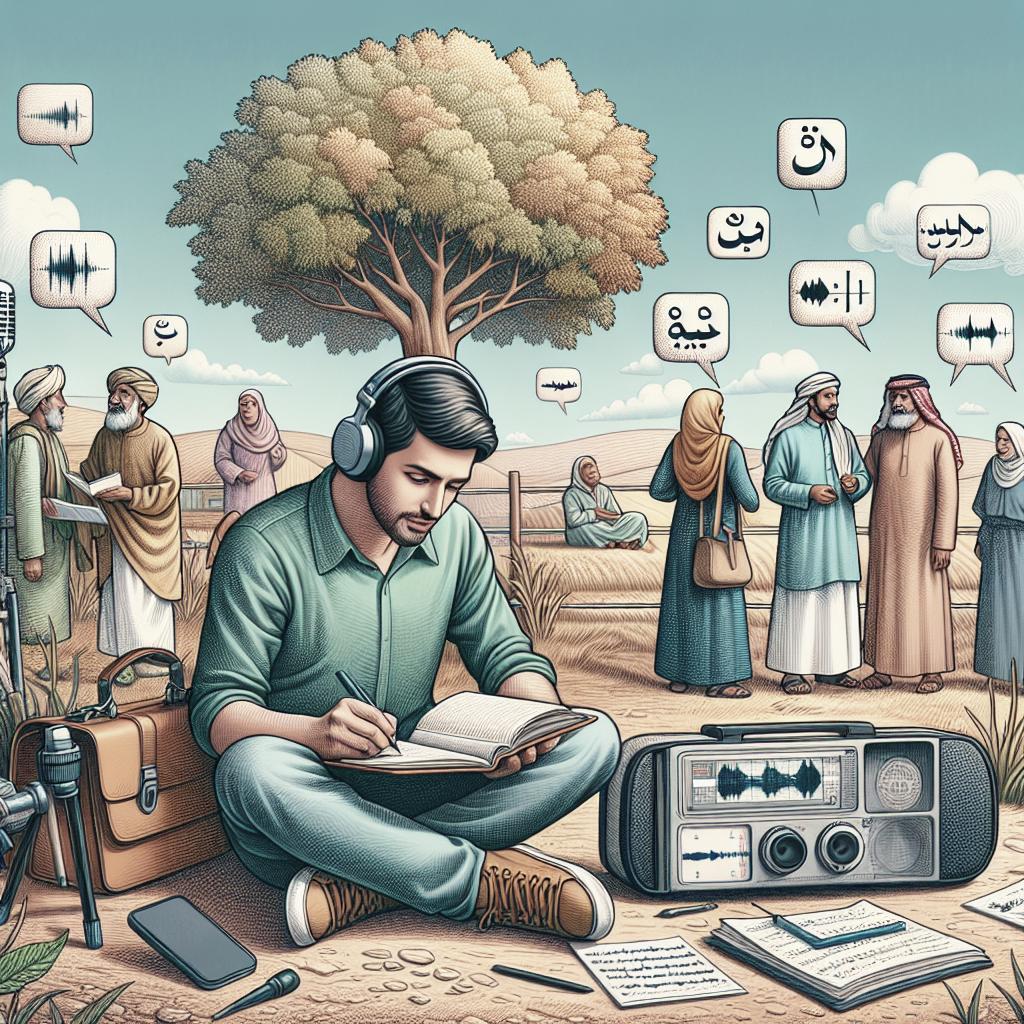<>
For many, the intersection of phonetics and speech technology is a mystery, but it’s a crucial field responsible for advancements in how machines understand and produce human language. From speech recognition and synthesis to clinical applications and forensic investigations, phonetics plays a significant role. This blog post will delve into the intricacies of speech recognition features such as MFCC and PLP, explore clinical phonetics, and discuss the application of phonetics in language acquisition and endangered languages. It will also cover the roles of phonetics in speech technology, speech synthesis, recognition, and forensic phonetics, providing a comprehensive overview of this fascinating discipline.
Speech Recognition — Feature Extraction MFCC & PLP
Machine learning ML extracts features from raw data and creates a dense representation of the content. This forces us…
In speech recognition, Mel-Frequency Cepstral Coefficients (MFCC) and Perceptual Linear Predictive (PLP) analysis are two widely-used techniques for feature extraction. These methods are pivotal as they transform raw audio signals into representations that machines can interpret. MFCCs are designed to reflect the human ear’s response more accurately, promoting better machine understanding of spoken words. PLP, on the other hand, emphasizes perceptual aspects of audio, simplifying the spectral information while preserving essential details.
Machine learning algorithms rely on these dense representations to recognize speech patterns, translating sounds into text. By extracting key features, such as pitch, tone, and phonetic characteristics, these methods enable high accuracy in speech recognition systems. As a result, applications ranging from virtual assistants to automated transcription services rely heavily on the intricate science of phonetics for functionality.
Aims
The aims of integrating phonetics into speech technology primarily involve improving the accuracy and efficiency of human-computer interactions. By leveraging phonetic principles, developers strive to create systems that understand nuance and context in human speech, thereby bridging the communication gap between humans and machines.
Another goal is to enhance the accessibility of technology. For individuals with speech disorders or non-standard accents, precise and empathetic speech recognition technologies can offer significantly improved communication tools. This inclusivity is vital in progressing towards a more connected and technologically adept society.
Applications
Phonetics finds applications in various fields within speech technology. In customer service, automated call centers utilize speech recognition to manage customer queries efficiently. Virtual assistants like Siri and Alexa use phonetic data to understand and respond to user commands, making day-to-day tasks seamless.
In the realm of education, phonetics aids in language learning applications, providing users with accurate pronunciation guides and feedback. Furthermore, in the healthcare industry, speech recognition assists in transcribing medical records, reducing the administrative burden on practitioners and allowing for more time to be spent on patient care.
Clinical Phonetics
Clinical phonetics involves the application of phonetic principles to assess and treat speech disorders. Phoneticians analyze speech patterns and deviations, providing insights that guide therapeutic interventions. This branch of phonetics is invaluable for individuals with conditions such as stuttering, articulation disorders, and aphasia.
Through detailed phonetic analysis, therapists can design customized speech therapy programs targeting specific issues. These programs may include exercises to improve articulation, voice modulation, and fluency, thereby enhancing the individual’s communication skills and quality of life.
First and Second Language Acquisition
Phonetics plays a critical role in understanding how individuals acquire their first and second languages. By analyzing the phonetic structures of different languages, researchers can identify patterns and common challenges faced by learners. This knowledge helps in developing effective teaching methodologies and learning aids.
For first language acquisition, phonetics aids in understanding how infants discern phonetic contrasts early on, shaping their language development. In second language acquisition, insights from phonetics help create tools and techniques that improve pronunciation and comprehension, essential for achieving fluency in a new language.
Studying the sounds of endangered languages
The study of phonetics extends to documenting and preserving endangered languages. Linguists use phonetic analysis to record the sounds and speech patterns of these languages, creating a phonetic archive that ensures their survival for future generations. This work is crucial for maintaining cultural diversity and heritage.
By analyzing the phonetic characteristics of endangered languages, linguists can produce detailed descriptions and educational resources. These materials aid in revitalization efforts and provide tools for speakers and learners, contributing to the preservation of linguistic diversity worldwide.
Speech Technology
Phonetics is the backbone of speech technology, guiding the development of systems that can understand and generate human speech. This field encompasses a broad range of applications, from digital assistants to sophisticated translation services, all relying on the nuanced understanding of speech patterns and phonetic principles.
Advancements in phonetics drive innovation in speech technology, ensuring that machines can accurately interpret and respond to user inputs. This ongoing research is essential for creating more natural and intuitive communication interfaces, enhancing human-machine interaction.
Speech Synthesis
Speech synthesis, or text-to-speech technology, leverages phonetics to convert written text into spoken words. By analyzing the phonetic structure of the text, synthesis systems can generate natural-sounding speech, complete with appropriate intonation, stress, and rhythm.
This technology benefits various applications, such as assisting visually impaired individuals, enabling auditory learning tools, and creating lifelike virtual avatars. The accuracy and naturalness of speech synthesis continue to improve, thanks to ongoing research in phonetics.
Speech recognition
Speech recognition, on the other hand, involves converting spoken language into written text. This technology relies heavily on phonetic analysis to understand and transcribe speech accurately. Innovations in this field have led to highly effective transcription services, dictation tools, and voice-activated assistants.
By leveraging phonetic principles, speech recognition systems can handle diverse accents, dialects, and speech impediments. This inclusivity ensures that technology can cater to a broad audience, making digital communication more accessible to everyone.
Forensic Phonetics
Forensic phonetics applies phonetic analysis to legal investigations and proceedings. Experts in this field analyze spoken evidence, such as recorded conversations or emergency calls, to determine speaker identity, verify authenticity, and provide linguistic insights.
Through meticulous analysis of phonetic features, forensic phoneticians can offer crucial evidence in criminal cases, helping to resolve disputes and ensure justice. This specialized application highlights the significant impact of phonetics beyond traditional academic settings.
A global reputation
The global reputation of phonetics and its impact on speech technology continues to grow, driven by ongoing research and technological advancements. Researchers and developers worldwide contribute to this field, enhancing our understanding of human speech and its applications in technology.
Institutions and organizations dedicated to phonetic research maintain a global network, fostering collaboration and innovation. This collective effort ensures that phonetics remains at the forefront of technological development, constantly pushing the boundaries of what is possible in speech technology.
Summary of main points:
| Section | Content Summary |
|---|---|
| Speech Recognition — Feature Extraction MFCC & PLP | Describes how MFCC and PLP techniques enhance speech recognition by creating dense representations of audio data. |
| Aims | Discusses the goals of integrating phonetics into speech technology for better human-computer interaction and inclusivity. |
| Applications | Explores the use of phonetics in customer service, education, healthcare, and other fields for improved efficiency and accessibility. |
| Clinical Phonetics | Details how phonetic analysis aids in diagnosing and treating speech disorders. |
| First and Second Language Acquisition | Examines the role of phonetics in understanding and facilitating language learning. |
| Studying the sounds of endangered languages | Highlights the importance of phonetics in documenting and preserving endangered languages. |
| Speech Technology | Discusses the foundational role of phonetics in developing effective speech technology systems. |
| Speech Synthesis | Explains how phonetics enables text-to-speech technology to produce natural-sounding speech. |
| Speech Recognition | Details the conversion of spoken language to text using phonetic analysis for accurate transcription and interpretation. |
| Forensic Phonetics | Describes the use of phonetics in legal investigations to analyze and interpret spoken evidence. |
| A global reputation | Discusses phonetics’ growing global influence and the collaborative efforts in advancing the field. |


